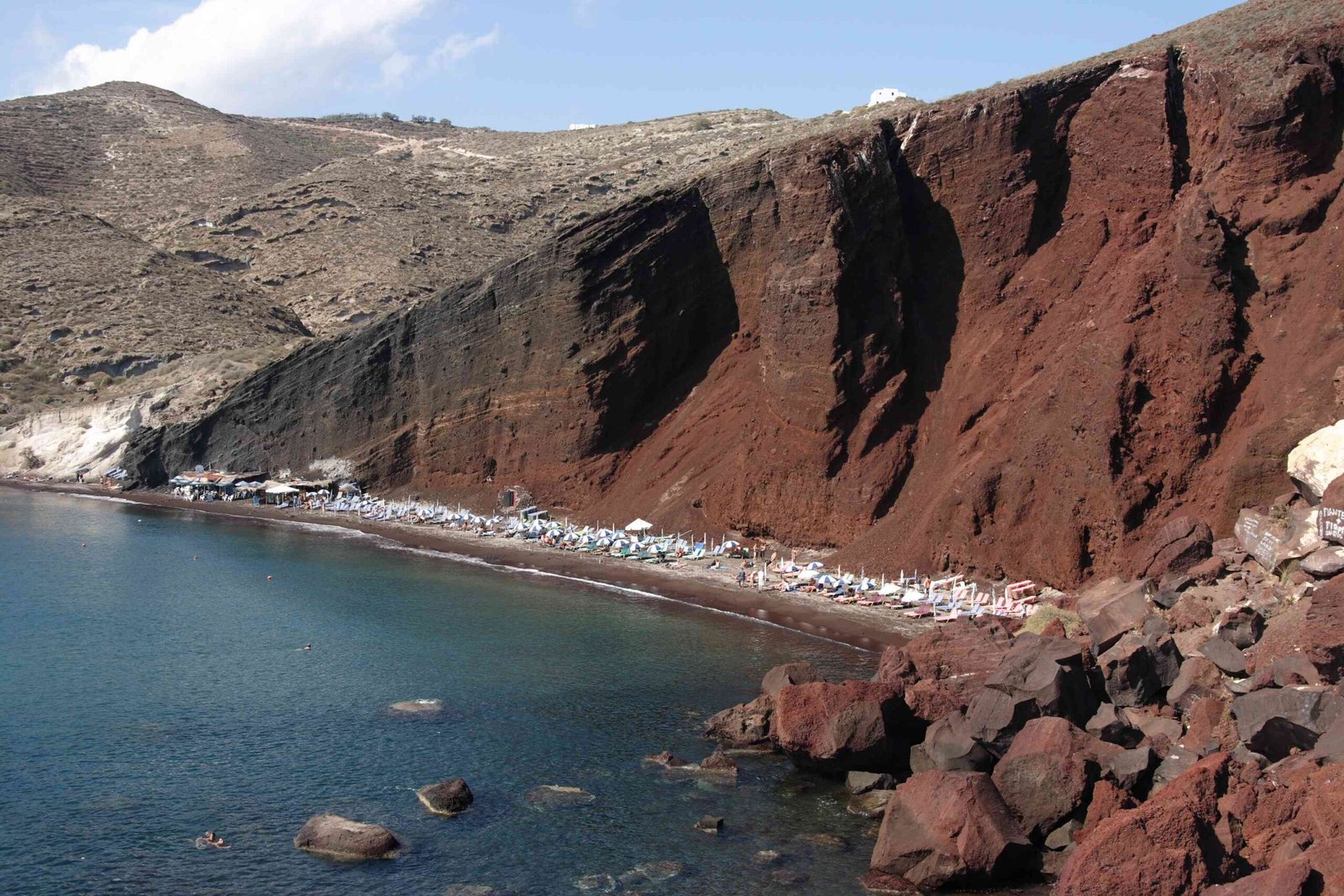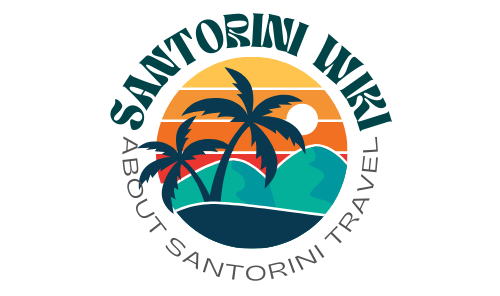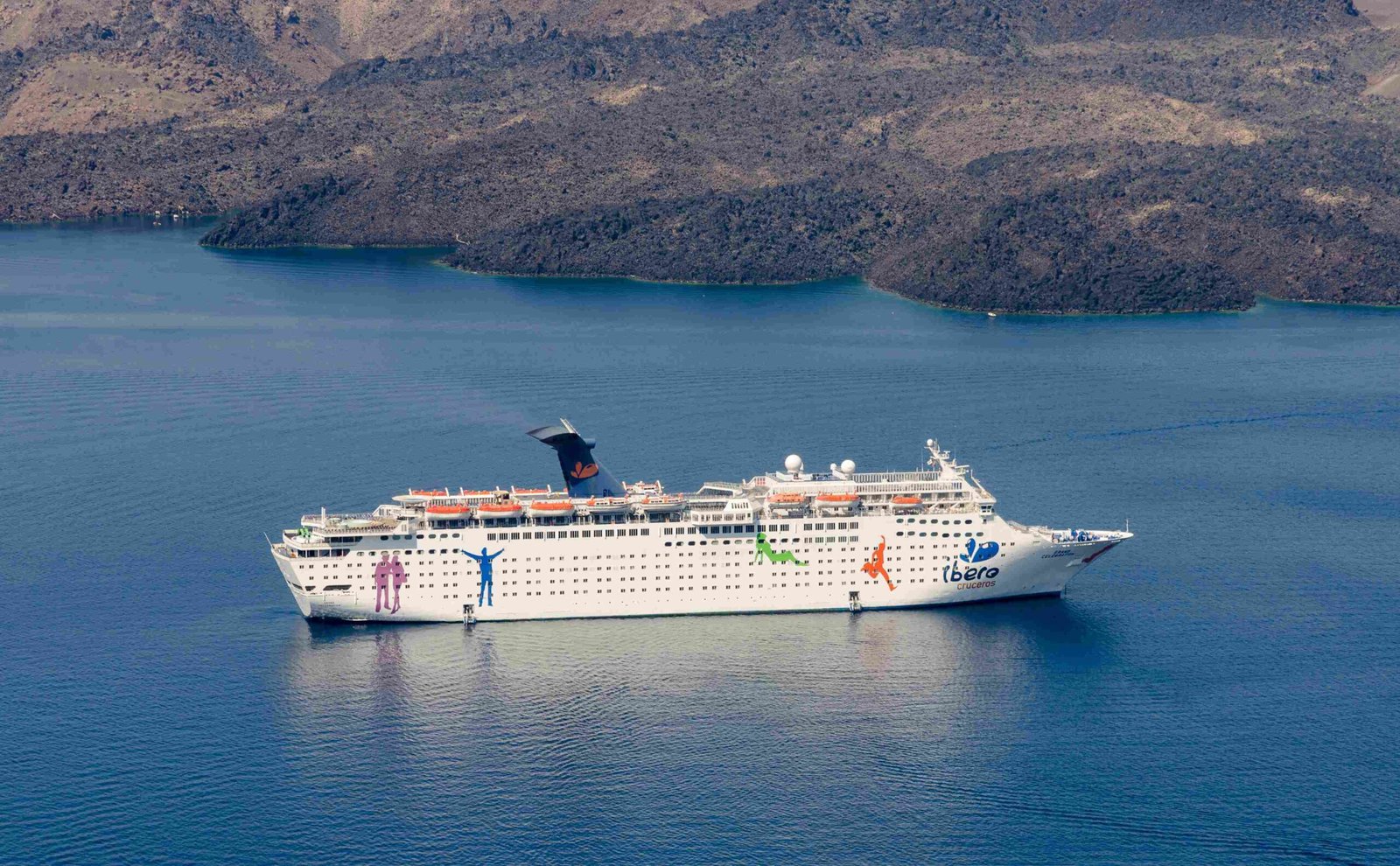Santorini, a jewel in the Aegean Sea, is renowned for its picturesque villages and unique wine production. The island’s traditional architecture, characterized by whitewashed buildings and blue-domed churches, is beautifully preserved in its villages. Meanwhile, the Canava distilleries, actually traditional wineries, showcase Santorini’s rich viticultural heritage. This article explores the charm of Santorini’s villages and the allure of its Canava wineries, offering insights into the island’s cultural and gastronomic treasures.
What Makes Santorini Villages Architecturally Unique?

Santorini’s villages are a testament to the island’s rich history and adaptation to its volcanic landscape. The architecture is characterized by:
- Whitewashed buildings that reflect the harsh sunlight
- Blue-domed churches that contrast beautifully with the white structures
- Cave houses built into the volcanic rock
- Narrow, winding streets designed to protect against strong winds
Oia: The Crown Jewel of Santorini
Oia, perched on the northern tip of the island, is perhaps the most famous of Santorini’s villages. It’s known for:
- Stunning sunset views over the caldera
- Neoclassical mansions alongside traditional cave houses
- A vibrant art scene with numerous galleries
- The iconic blue-domed churches that have become a symbol of Santorini
Fira: The Bustling Capital
Fira, the island’s capital, offers a blend of traditional and modern elements:
- A clifftop location with panoramic views of the volcano
- A mix of Cycladic and Venetian architecture
- The hub of Santorini’s nightlife and shopping
- Home to several museums showcasing the island’s history
Pyrgos: A Step Back in Time
Pyrgos, once the capital of Santorini, provides a glimpse into the island’s past:
- A well-preserved kasteli (castle) at its peak
- Winding paths leading through traditional island architecture
- Panoramic views of the entire island from its highest point
- Less crowded than Oia or Fira, offering a more authentic experience
What Are Canava Distilleries and Why Are They Important?

Despite the name, Canava ‘distilleries’ are actually traditional wineries in Santorini. They play a crucial role in preserving the island’s unique winemaking traditions:
- Built partially underground to maintain cool temperatures
- Utilize indigenous grape varieties, primarily Assyrtiko
- Employ unique vine-training methods to protect against wind and sun
How Is Wine Produced in Santorini’s Canavas?
The winemaking process in Santorini’s Canavas is distinctive:
- Grapes are grown in the island’s volcanic soil, imparting a mineral character
- Vines are trained into a ‘kouloura’ (basket) shape to protect from wind and sun
- Grapes are hand-harvested, often at night to preserve freshness
- Fermentation occurs in stainless steel tanks or oak barrels
- Some wines, like Vinsanto, undergo a unique sun-drying process before fermentation
What Types of Wines Can You Taste at Santorini’s Canavas?
Santorini’s Canavas produce a variety of wines, each reflecting the island’s terroir:
| Wine Type | Description | Grape Varieties |
|---|---|---|
| Assyrtiko | Dry white with high acidity and mineral notes | Assyrtiko |
| Nykteri | Full-bodied white, often oak-aged | Assyrtiko, Athiri, Aidani |
| Vinsanto | Sweet dessert wine made from sun-dried grapes | Assyrtiko, Aidani |
| Mavrotragano | Rare red wine with rich tannins | Mavrotragano |
How Can Visitors Experience Santorini’s Villages and Canavas?
Exploring Santorini’s villages and Canavas offers a rich cultural and gastronomic experience:
What Are the Best Ways to Tour Santorini’s Villages?
- Walking tours through the narrow streets
- Sunset cruises for panoramic views of the villages
- Photography tours to capture the iconic architecture
- Cultural tours focusing on the history and traditions of each village
What Can You Expect from a Canava Winery Tour?
A typical Canava winery tour includes:
- A walk through the vineyards to observe the unique ‘kouloura’ vine-training system
- A visit to the production facilities to learn about winemaking processes
- Exploration of the underground Canava cellars
- Wine tasting session featuring local varieties
- Often, a pairing of wines with local cheeses and other delicacies
What Practical Information Should Visitors Know?
How Accessible Are Santorini’s Villages and Canavas?
- Many villages have steep, narrow streets that can be challenging for those with mobility issues
- Some Canavas offer accessibility options, but it’s best to check in advance
- Public transportation is available, but renting a car can provide more flexibility
When Is the Best Time to Visit?
- Spring (April to June) and Fall (September to October) offer pleasant weather and fewer crowds
- Summer (July to August) is peak season with higher prices and more tourists
- Winter (November to March) is quieter but some facilities may be closed
What Are Some Tips for a Better Experience?
- Book winery tours in advance, especially during peak season
- Wear comfortable shoes for walking on uneven surfaces
- Respect local customs and dress codes, especially when visiting churches
- Consider hiring a local guide for in-depth historical and cultural insights
- Try local dishes alongside the wines for a complete gastronomic experience
Santorini’s villages and Canava wineries offer a unique blend of architectural beauty, cultural richness, and gastronomic delight. Whether you’re wandering through the narrow streets of Oia, exploring the historic Kasteli of Pyrgos, or savoring a glass of Assyrtiko in a traditional Canava, Santorini promises an unforgettable journey through tradition and taste.

